#Cadira Caller of the Small
Text
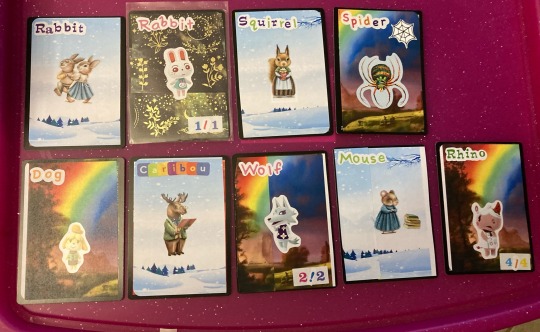



Listen, if you can’t get the necessary magic card tokens in packs, homemade is fine. @mtgtips
#magic the gathering#mtg#tokens for my commander deck#Cadira Caller of the Small#my deck makes so many bnuys
109 notes
·
View notes
Photo
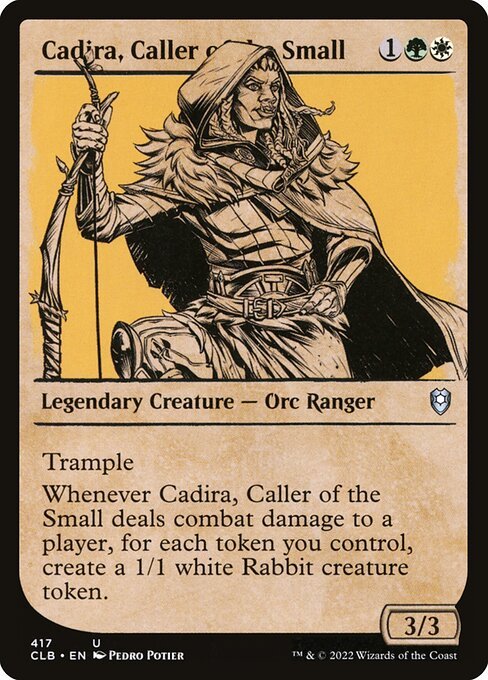
Cadira, Caller of the Small
Artist: Pedro Potier
TCG Player Link
Scryfall Link
EDHREC Link
#mtg#magic the gathering#tcg#$0.09#pedro potier#cadira caller of the small#commander legends: battle for baldur's gate#legendary#creature#orc#ranger
29 notes
·
View notes
Photo

Cadira, Caller of the Small by Alexandr Leskinen
#Magic the Gathering#MtG#Commander Legends: Battle for Baldur's Gate#Cadira Caller of the Small#Orc#Ranger#Alexandr Leskinen#Dungeons and Dragons#Dungeons & Dragons#D&D#Toril#Faerun#Forgotten Realms#Baldur's Gate#Fantasy#Art
8 notes
·
View notes
Photo
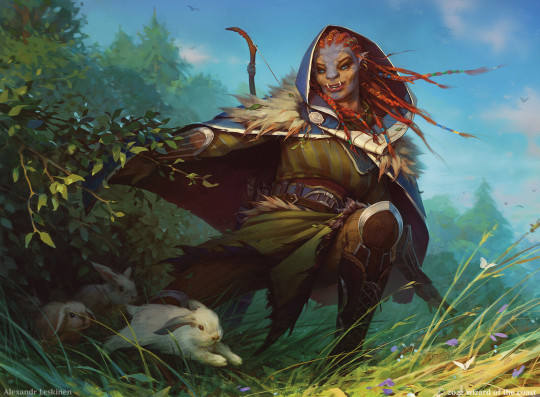
Cadira, Caller of the Small (1 of 4) - Alexandr Leskinen
#Cadira#Caller of the Small#MtG#Alexandr Leskinen#ranger#game art#rabbits#animals#characters#fantasy art#digital art
256 notes
·
View notes
Photo
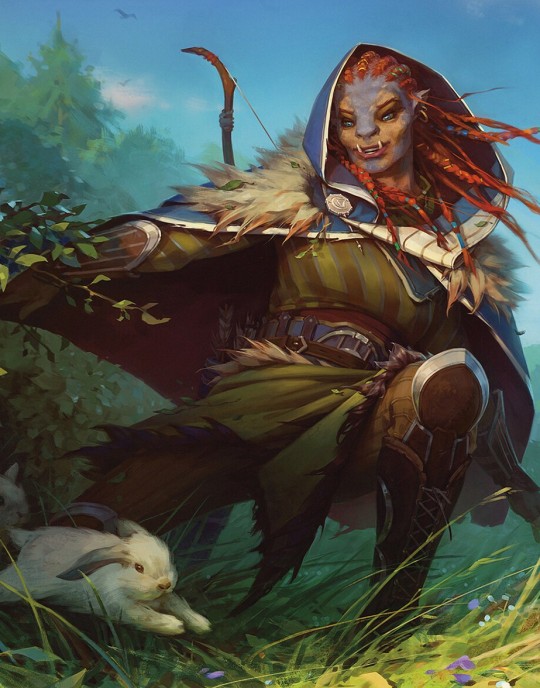
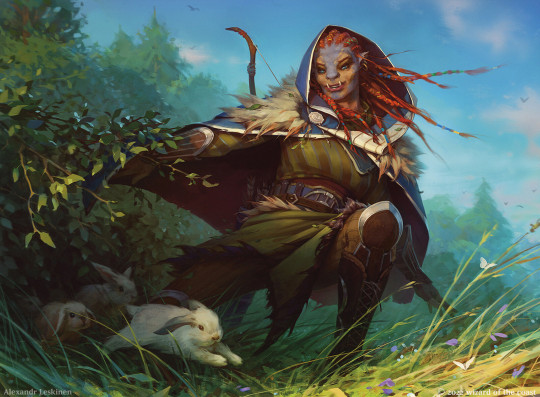
Cadira, Caller of the Small by Alexandr Leskinen
1K notes
·
View notes
Text
For What and Why? Thoughts on Centering and Motivation in Color Pairs
More color pie thoughts!
Most of the time when we analyze color philosophies, we try to squish together different phrases that give apparently equal footing to both colors (Selesnya is peace through acceptance, Mardu is freedom through self expression, Bant is gradual progression through order), but I wonder whether these do a disservice to the different valences that color philosophy can take. Every color combo has heroes, villains, and civilians involved—so what might be a better way of approaching things?
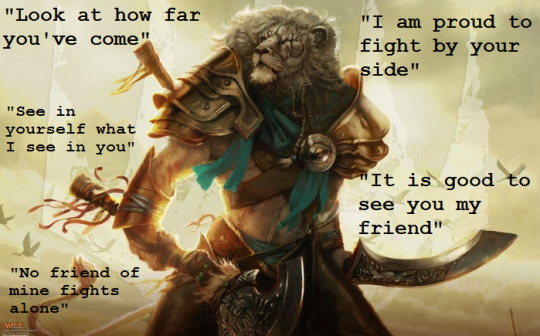
One approach (perhaps with more to come!), I think, is to consider color combinations through the principles and purpose of a character’s alignment—the for what that adds complexity to their way of doing things or that motivates them at their core. Instead of thinking about colors by mashing together methods or aims, we might think from the reverse—what gives further grounding to their feelings?
We can take, for example, Green-White. GW is one of my favorite color combos, and I think often limit think of through phrases like “peace through acceptance” or “harmony through law.” It sounds right in principle, but if we think of the range of GW characters—Ajani, Sigarda, Cadira, Caller of the Small, Bess, Soul Mommy Nourisher, Kaherra, the Orphanguard, and many more—these phrases start to feel less sufficient. Does Ajani have Green’s ambivalence about change? Does Bess seem to have white’s emphasis on order? Doesn’t seem so.
Food is meant to be enjoyed, meant to be loved. For Bess, cooking was never about impressing people — it was about feeding people. That her food happens to be some of the best in the city is, in her opinion, added proof of the righteousness of her mission: to cook for the people
Of course, the reality is that these characters aren’t just 50/50 mixes of both their colors. There centered in one or the other. Ajani, for example, is centered in White. Centering has appeared in the MTG storyline in really productive ways—I’m thinking of Rootha’s and Killian’s stories in Strixhaven, which revolves around characters who had enemy colors but ultimately centered in one (Rootha in Red and Killian in White). But despite this generative potential, our formulations of color philosophy don’t leave much room for centering: if I say that Ajani is GW centered in white, does that mean he believes in peace through acceptance but cares more about peace? Something’s lacking there.
“You are all part of my pride. As long as I live, I will protect you.”
But if we think about Green-White as a complex expression of principle and purpose, we might arrive at something different. Green and White provide lenses for one another, principles that answer the question: for what?
A mono white character might labor for the law because they believe it to be good in itself or because their highest aspiration is peace. But by adding green, they gain a special emphasis on a principle beneath the principle: maybe it’s joy for life, or a love of existence itself, or the natural goodness of people. A green-white hero might believe in justice (White), not for its own sake but because they believe that all people, as they are, deserve to be cared for (Green). This sheds some light, I think, on why Green-White has as many caretaker characters—more of these, in fact, than proselytizing hive mind members of Selesnya. Ajani, for example, believes in uplifting the meek, fighting tyranny, and embracing others in community (white) because he believes in the sanctity of each person’s truest self (green). It might go in the reverse direction: Maja, Bretagard Protector is interested in harmony, but ultimately for the sake of preserving peace and order.
Her people look up to her to protect their clan, and she has not let them down…Many from all five clans come to her to solve their disputes, and she has gained a reputation as a powerful and respected leader, both on and off the battlefield.
The idea, ultimately, is to consider how a second color might represent deeper motivation, an actual hierarchy of values, rather than a perfect blend of idea and method.
7 notes
·
View notes
Note
If you're still doing weird cards can I get a trio for my second favorite trans girl commander, Cadira, Caller of the Small?
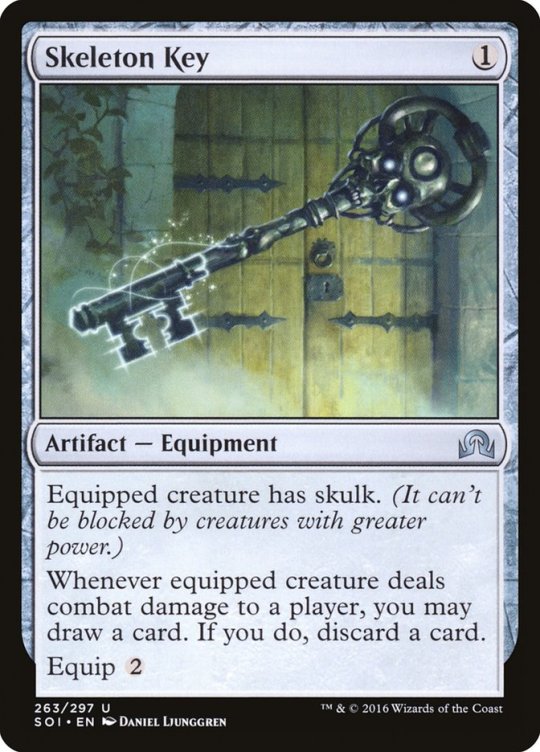

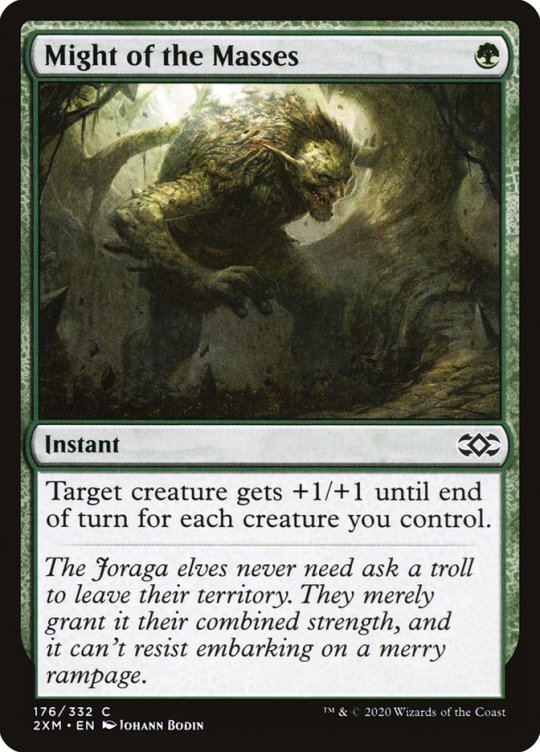
Go smol or big
4 notes
·
View notes
Text
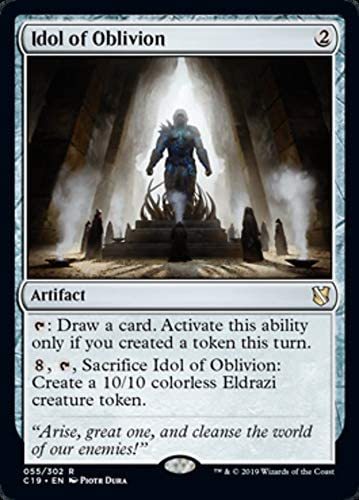
You should be playing #8 - Idol of Oblivion
What's the going rate to draw four cards? 4 mana? 6 mana? How about 2?
For some reason, Idol of Oblivion is shockingly undervalued. It's not bursty, but if you want steady, consistent card draw it's the best.
Let's compare to the poster child for slow, steady card advantage - Phyrexian Arena.
Mana Cost:
Area: 1BB
Idol: 2
Winner: Idol by a county mile. Not only is it a full mana cheaper - which means an entire extra card - but it is also colorless. Phyrexian Arena needs a heavy black commitment to get down on turn three. Idol is always there for you on two.
Draw Power:
Arena: You get one card every turn, at the cost of one life.
Idol: You get one card every turn you generate a token.
Winner: Arena, but only ever so slightly. You will always draw a card with Arena, but there are some occasions where you might not with Idol - but not if you build your deck right.
Incidentals:
Arena: Arena lets you do some stuff with loss of life. It's not much, but it's a thing I guess.
Idol: Artifacts have a lot more opportunity to be destroyed in commander games. You technically can make a 10/10 token with Idol, but I've never been in a position where that is a better option than drawing more cards.
Winner:
Assuming you make any number of incidental tokens a turn, Idol of Oblivion is the hands-down winner. It used to be a challenge to do this, but these days everyone is making token. So take a look at your deck, if you've got clues, food, treasures, saprolings, blood, squirrels, etc, you should really be playing Idol of Oblivion.
Pairs nicely with:
Lonis Cryptozoologist
Adrix and Nev Twincasters
Prosper Tomebound
Osgir the Reconstructor
Cadira Caller of the Small
Jan Jansen Chaos Crafter
Ghired Concolave Exile
Toggo Goblin Weaponsmith
Chief Jim Hopper
Loyal Apprentice
Elspeth Suns Champion
Endless Ranks of the Dead
Anointer Priest
0 notes
Text

Cadira, Caller of the Small by Alexandr Leskinen
35 notes
·
View notes